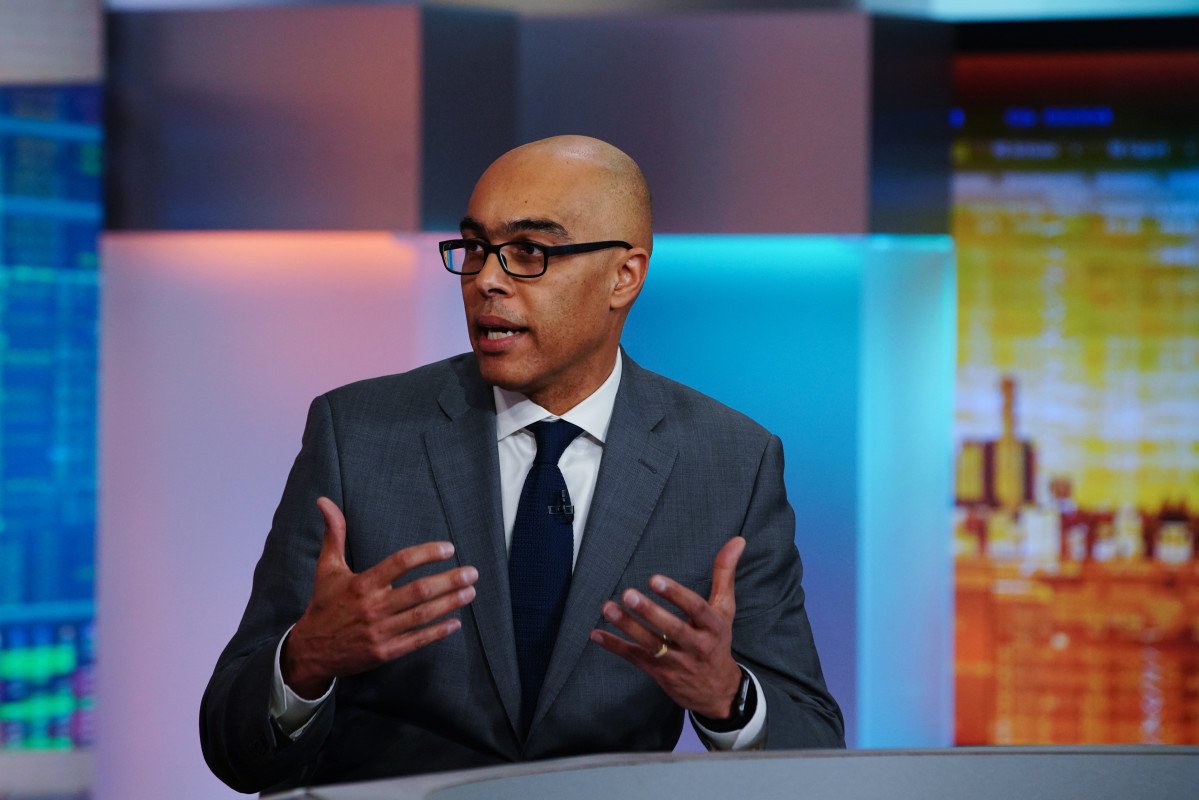Now that the Federal Reserve has decided on a 0.5-percentage-point cut in interest rates, investors are trying to figure out what it means for financial markets.
The Fed’s move Wednesday could help stocks, as it did Thursday, by boosting the economy and thereby lifting corporate earnings. But if investors view the rate cut as a sign that the economy is in trouble, the opposite reaction could ensue.
As for bonds, yields rose Thursday on the idea that investors already have priced in the Fed action, and how much more Fed easing will come down the pike is unclear.
Related: Fed delivers on big rate cut, signals focus on cooling job market
“That should serve as a good reminder for investors about the value of a diversified portfolio and a healthy allocation to fixed income.”
While bond yields have fallen in recent weeks, they are still “attractive,” Davis said. The 10-year Treasury yields 3.74%.
If the risk of recession rises, Vanguard expects bond prices to rise and yields will fall further, he said.
“Given this uncertainty, investors … should ensure that their cash allocations are aligned to long-term goals and consider making adjustments,” he wrote.
Vanguard particularly likes corporate bonds and bonds with long durations.
Vanguard is lukewarm on stocks
As for stocks, “our long-term expectations for equity returns remain muted, with expected returns in the 3% to 5% range annually over the coming decade,” Davis said. In the past 10 years, the S&P 500 index returned an annualized 13%, according to Morningstar.
Related: Experts cite stocks to buy after Fed rate cut
“Equity valuations remain well above our expectations for fair value, so investors should be prepared for lower returns from stocks going forward,” Davis said.
As of Sept. 13, the S&P 500 stood at 20.9 times analysts’ estimate of its earnings for the next 12 months. That’s well above the five-year average of 19.4 and the 10-year average of 18.
“This underscores the importance of having a broadly diversified, balanced portfolio of both stocks and bonds,” Davis said.
While market volatility is stressful, “investors benefit in the long run by sticking with well-considered financial plans and portfolios,” he said.
The rule of thumb is that investors should invest 60% of their portfolio in stocks (for growth) and 40% in bonds (for safety and income).
Expert Interviews:
-
Top value fund manager says Google-parent Alphabet is deep-value stock
-
Fund manager picks 3 best-of-breed stocks (including Chevron)
The younger you are, the higher the allocation you can consider for stocks. That’s because you should have time to ride out any stock-market drops.
Similarly, the older you are, the higher the bond allocation you can consider. That’s because you may not have time to ride out stock declines. In the event of a need for cash, you don’t want to be compelled to sell stocks at depressed prices.
Related: Veteran fund manager who correctly forecast stock drop updates outlook
















